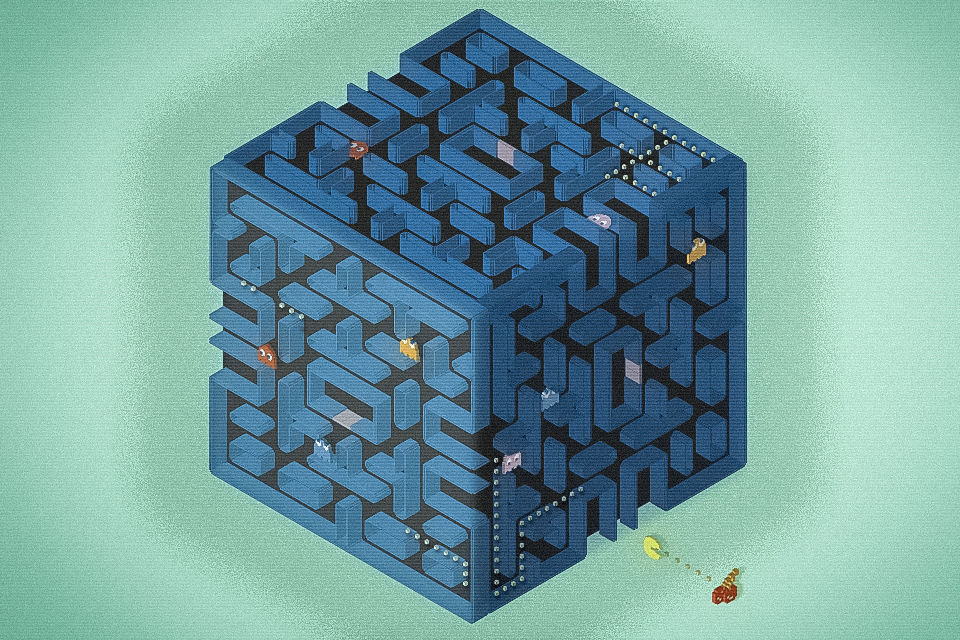Earth is a round planet where flat surfaces and perfect shapes are scarce, but assignments in many geometry courses are completed on grid paper with simplified line segments and symmetrical polygons.
According to Keri Valentine, associate professor of mathematics education in the West Virginia University College of Education and Human Services, lived experiences of space are not typically incorporated into geometry classrooms. Instead, mathematics educators focus on basic points of knowledge, and the geometric concepts students learn do not reflect the world around them.
Valentine recently published an article in the Journal for Research in Mathematics Education that describes how students engaged with geometry lessons that challenged their notions of traditional geometry.
“As mathematicians, we need ways to comprehend abstract phenomena characterizing our complex world,” Valentine said. “To do this, we create disciplines like set theory, representing the dynamic and infinite with static and fixed terms. What happens when we take that as being real instead of a representation of something real is that we inadvertently teach our students that discrete notions of space are closer to truth than their lived experiences of naturally continuous space.”
To engage the students in new ways of thinking, Valentine created a website where she developed a series of cases as alternative perspective. The cases included images such as x-rays, cat scans, Picasso’s paintings and Pac-Man’s maze.
Students were asked to grasp space by answering questions that encouraged them to use their bodies to imagine how they would move through these images. For example, Valentine asked the students to think about what happened to Pac-Man after he exited the right gate of his maze and before he reemerged though the left gate. Though the image of the maze is flat, Pac-Man’s movement between the entrance and exit suggests that the maze has more dimensions than meet the eye.
“I was really trying to push that we might be limited by our bodies in how we move and perceive the world, but just because out bodies limit us doesn’t mean that something isn’t possible,” Valentine said.
The scenario exemplifies embodied cognition, a theory of learning that suggests that the act of reasoning, even concepts themselves, are shaped by certain bodily systems such as our visual and motor systems, as well as environmental possibilities for action. To perceive the world is also to perceive oneself.
In this case, Valentine found that the students’ imagination played a large role in their embodiment of geometric concepts. Through each learning exercise, students asked questions that led to further inquiry instead of finite solutions. The prompts led to continued learning and encouraged students to investigate complex concepts in a group setting.
“For me personally and in my own research agenda, it has helped me embrace our understanding of embodied cognition as not being just individual cognition, but as something we can investigate in communities,” Valentine said.
Valentine’s interest in this unique approach to geometry was sparked while she was working as a middle school mathematics teacher and a student introduced her to a film called “Flatland.” The 30-minute animated film is a story told from the perspective of a two-dimensional square who struggles with the notion of a third dimension. Valentine decided to share the film with her students and was impressed by their response.
“The first thing that happened was that students asked if there was a higher dimension, a fourth dimension,” Valentine said. “If this two-dimensional being can’t believe in a third dimension, then maybe as three-dimensional beings we don’t believe that there are higher dimensional beings. They thought about it first by imagining what could be possible, rather than in mathematical terms. It struck me that students could engage with mathematics by imagining possibilities or futures that are not really possible.”
By challenging students to use both their lived experiences and their imaginations in geometry classrooms, Valentine hopes to inspire budding mathematicians to push the conventional boundaries of the field.
“I want to support a future generation of learners to invent other mathematical systems. Otherwise, mathematics education is just learning facts, and I don’t believe that’s what the field is calling for,” Valentine said.
